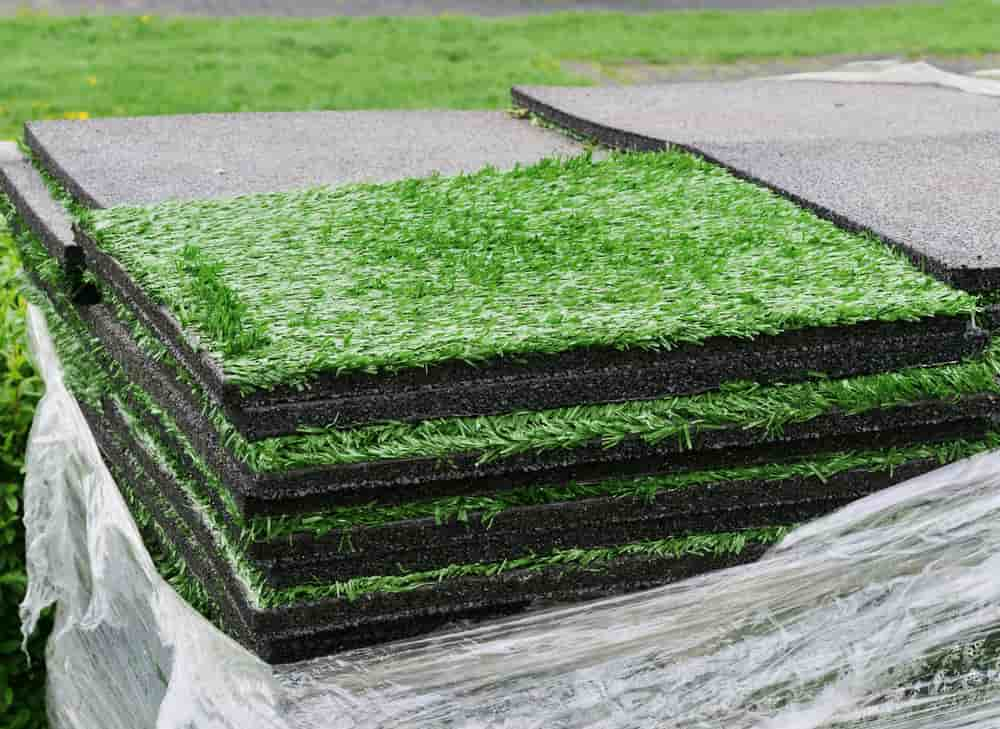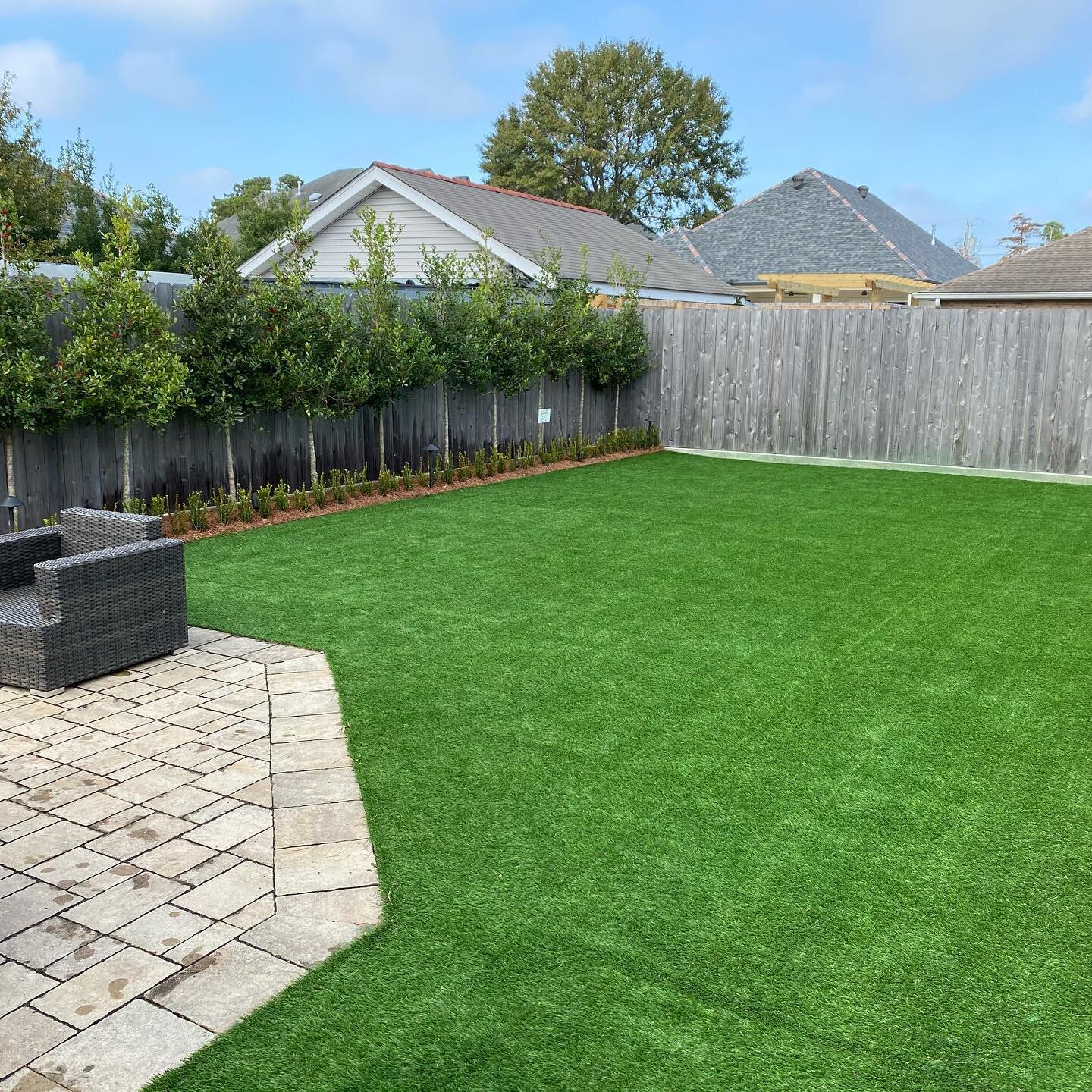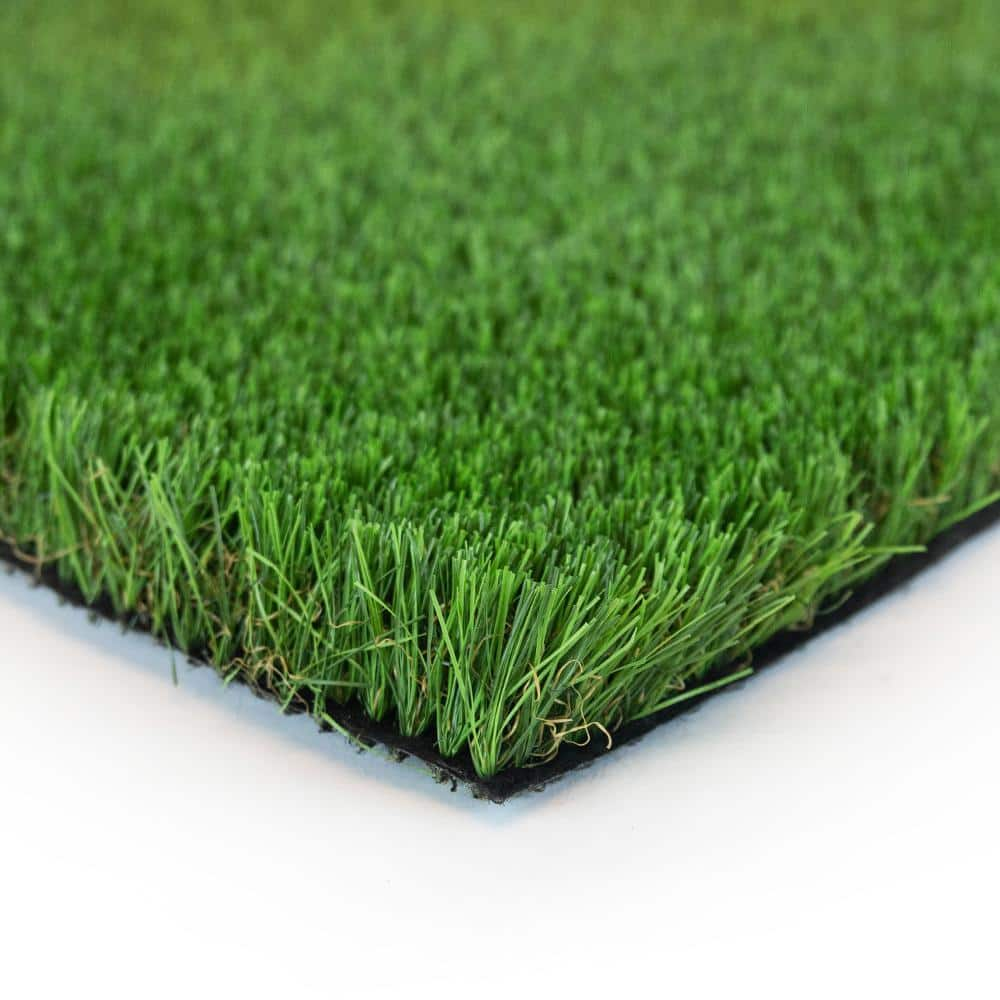Leading Phoenix Turf Companies Offering Premium Synthetic Lawn Solutions
Leading Phoenix Turf Companies Offering Premium Synthetic Lawn Solutions
Blog Article
Look Into the Environmental Conveniences of Opting for Artificial Lawn Solutions
The adoption of synthetic grass options presents an engaging chance to deal with pressing ecological difficulties. By substantially lowering water usage and reducing the application of dangerous chemicals, these choices not only advertise lasting landscaping yet also secure neighborhood ecosystems. In addition, the reduced carbon impact connected with decreased maintenance activities contributes to a more sustainable strategy to land monitoring. Nevertheless, the implications of these benefits extend past simple preservation initiatives, questioning about their lasting influence on habitat conservation and overall ecological equilibrium. Discovering these measurements exposes a complicated interplay worth considering.
Water Preservation Conveniences
One of the most considerable benefits of synthetic turf is its ability to preserve water. Standard turf lawns need considerable irrigation, specifically in locations susceptible to drought or water limitations. In comparison, synthetic grass does not require watering, dramatically reducing the total demand for water resources. This feature is specifically beneficial in deserts where water scarcity is a pushing concern.
By getting rid of the demand for routine watering, synthetic grass adds to sustainable landscape methods and helps alleviate the environmental impact of extreme water usage. In addition, the conservation of water includes the decrease of runoff, which can cause soil disintegration and waterway pollution.
Additionally, the installation of synthetic grass enables homeowners and municipalities to assign water sources much more effectively, concentrating on necessary usages such as alcohol consumption water and farming. The shift towards synthetic grass not just advertises liable water use but also aligns with more comprehensive ecological objectives focused on protecting natural deposits.
As communities progressively focus on sustainability, the water conservation benefits of man-made grass offer a compelling case for its fostering in household and industrial landscaping tasks.
Minimized Chemical Use
The change to synthetic grass considerably reduces the dependence on chemical therapies typically utilized in all-natural turf upkeep. Conventional grass management typically involves the application of herbicides, chemicals, and fertilizers to promote growth and control pests. These chemicals can posture threats to human wellness, neighborhood wildlife, and the atmosphere, adding to dirt and water contamination.
In contrast, man-made turf eliminates the requirement for these hazardous materials. By decreasing the launch of artificial substances into the community, synthetic grass advertises much healthier dirt and water systems.
Additionally, the lack of chemical drainage linked with synthetic grass installations aids shield regional rivers from contamination, sustaining marine life and keeping biodiversity. Phoenix turf companies. As communities increasingly focus on sustainable techniques, choosing synthetic grass offers a sensible option that lines up with ecological preservation objectives. Through this shift, building owners can enjoy lavish eco-friendly spaces without jeopardizing environmental health and wellness, leading the way for a more lasting future
Lower Carbon Impact

Moreover, the installment of artificial turf can cause significant water preservation. Natural lawns call for substantial amounts of water for irrigation, which not just includes in the carbon footprint associated with water removal and therapy however likewise strains local water resources. In comparison, synthetic grass requires very little maintenance, requiring no watering, consequently dramatically lowering water usage and its linked energy expenses.
Furthermore, the long life of synthetic grass contributes to its reduced carbon impact. With a life expectancy of as much as 15 years or more, the demand for regular replacements is lessened, resulting in much less waste and lower energy consumption in manufacturing and dealing with traditional grass options. check these guys out Generally, fabricated turf offers a lasting choice for ecologically aware landscape design.
Habitat Preservation
Environment conservation is a critical consideration in the debate over landscape design choices, especially when contrasting synthetic grass to natural turf. Natural grass lawns often require substantial maintenance, including the usage of fertilizers, chemicals, and herbicides, which can adversely influence local ecological communities. These chemicals can seep right into the dirt and waterways, harming indigenous vegetation and fauna and interfering with local environments.
In contrast, artificial grass provides a possibility to decrease the ecological impact of landscape design. By selecting artificial turf, property owners can minimize the disruption of natural environments related to traditional lawn care techniques. Synthetic grass eliminates the demand for unsafe chemicals, thereby protecting neighboring wildlife and keeping the honesty of bordering communities. that site The setup of man-made grass can lead to the conversion of previous lawn locations into more biodiverse landscapes, such as pollinator yards or native plant locations, which can sustain local wild animals.
Ultimately, the shift to fabricated grass not just preserves water and reduces maintenance initiatives yet likewise fosters a much more harmonious partnership between human activities and the native environment, promoting habitat conservation while doing so.
Long-Term Sustainability
Lasting sustainability is a crucial consider assessing the advantages of synthetic grass over standard grass lawns. One of one of the most substantial advantages of synthetic grass is its longevity; it can last as much as 15-20 years with very little maintenance, whereas natural grass requires regular reseeding use this link and substitute. This long life lowers the demand for consistent resources, such as water, fertilizers, and pesticides, which are important for preserving a healthy and balanced grass yard.
Furthermore, synthetic grass adds to a decrease in carbon emissions connected with lawn care devices. Standard yards typically require gas-powered lawn mowers, leaners, and blowers, every one of which add to air contamination. Arizona artificial turf. In comparison, synthetic turf gets rid of the demand for such equipment, promoting a cleaner setting
In addition, the production of synthetic grass progressively uses recycled materials, improving its sustainability account. As manufacturers adopt green techniques, the environmental footprint of synthetic grass remains to lessen.

Final Thought
The fostering of artificial lawn options offers considerable environmental advantages, consisting of significant water conservation, lowered dependence on harmful chemicals, and a lower carbon footprint. Additionally, man-made grass help in maintaining natural habitats by lessening land disruption and promoting lasting sustainability with making use of resilient products. Collectively, these variables underscore the capacity of synthetic grass to add favorably to environmental health and wellness and use a viable option to typical landscape design practices in a significantly resource-conscious globe.
In contrast, synthetic grass does not require watering, considerably minimizing the total need for water resources. By minimizing the release of synthetic compounds right into the ecological community, artificial turf promotes healthier soil and water systems.
Moreover, the setup of man-made lawn can result in substantial water conservation. In contrast, synthetic grass needs very little maintenance, needing no watering, consequently dramatically lowering water use and its linked power prices.

Report this page